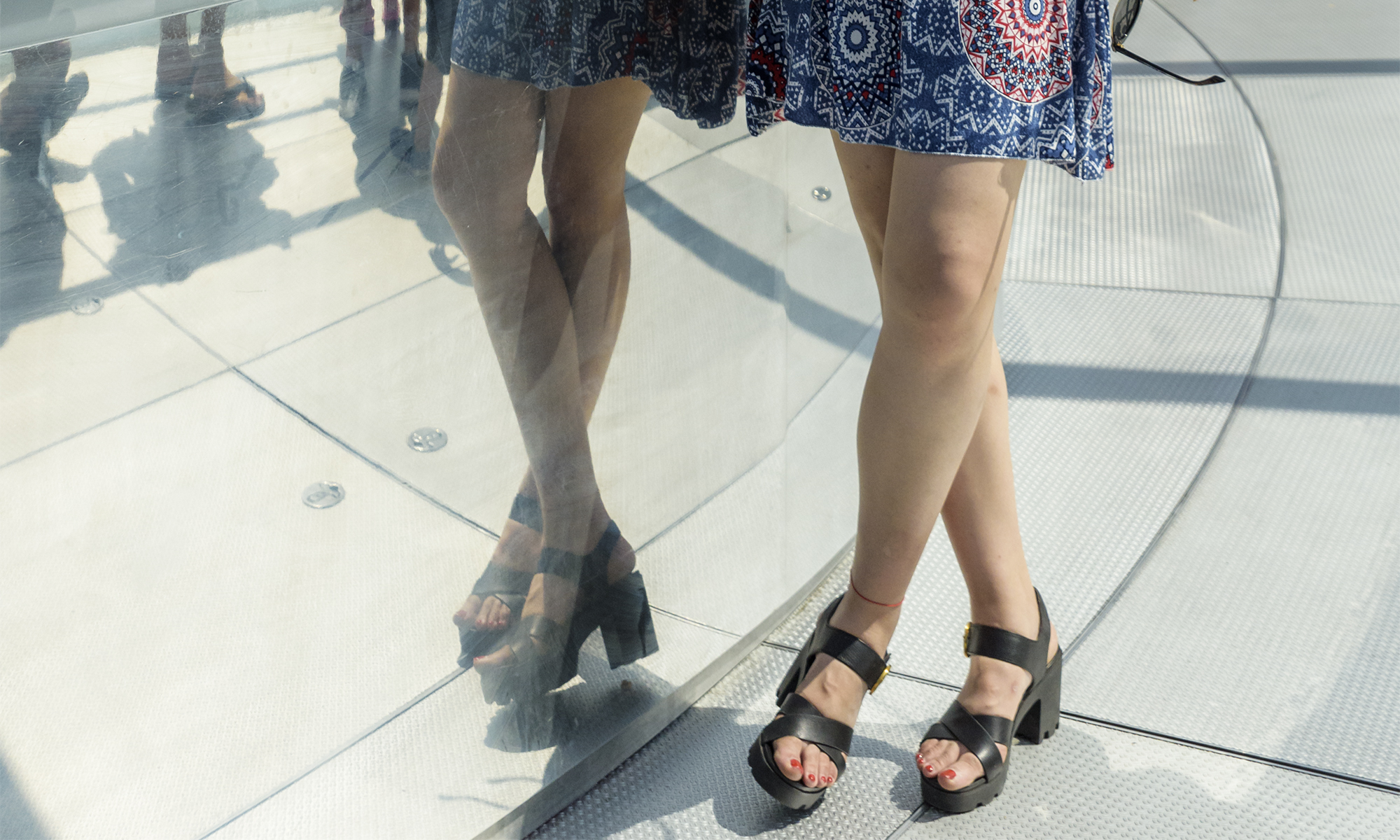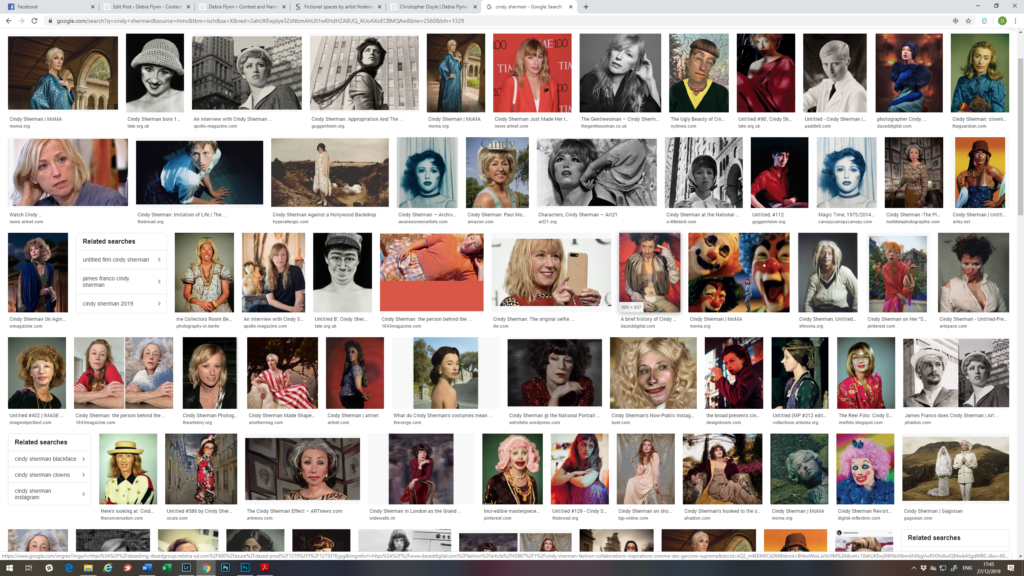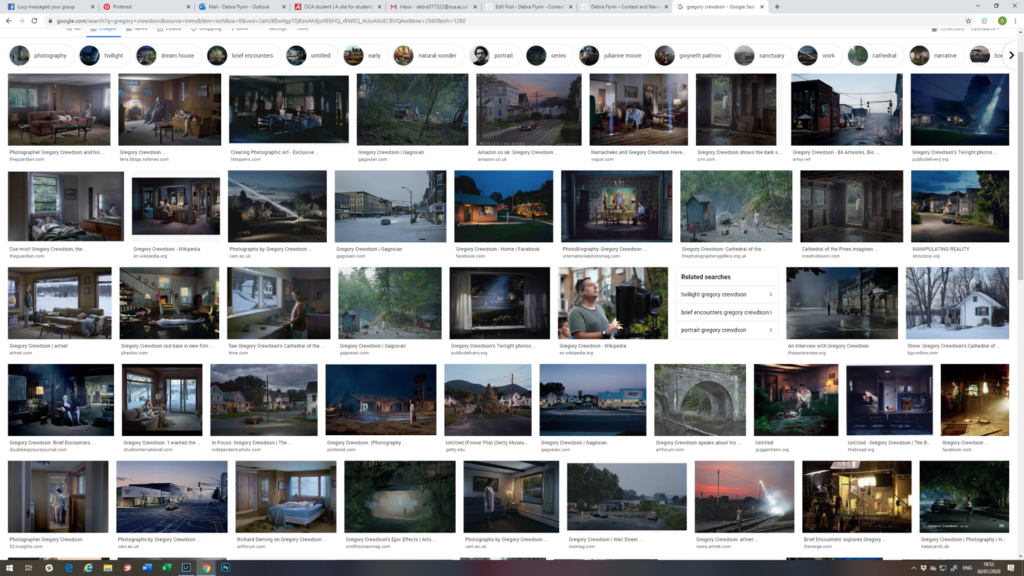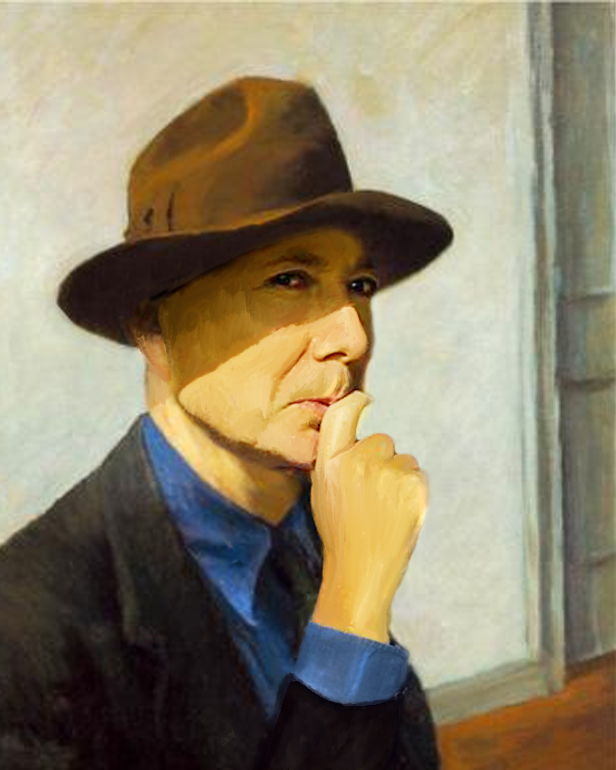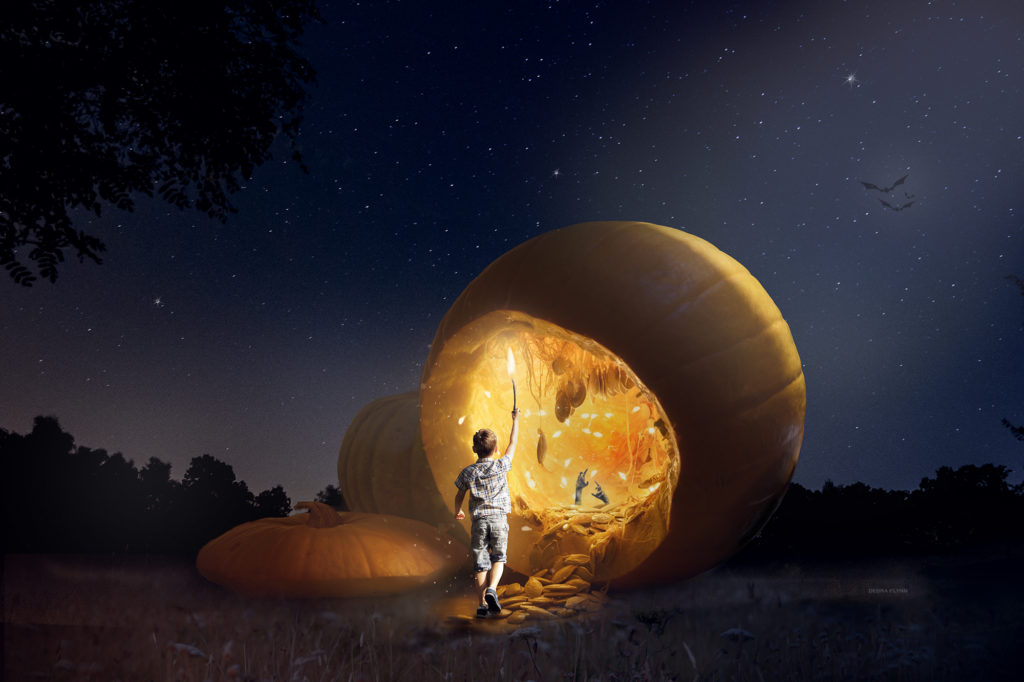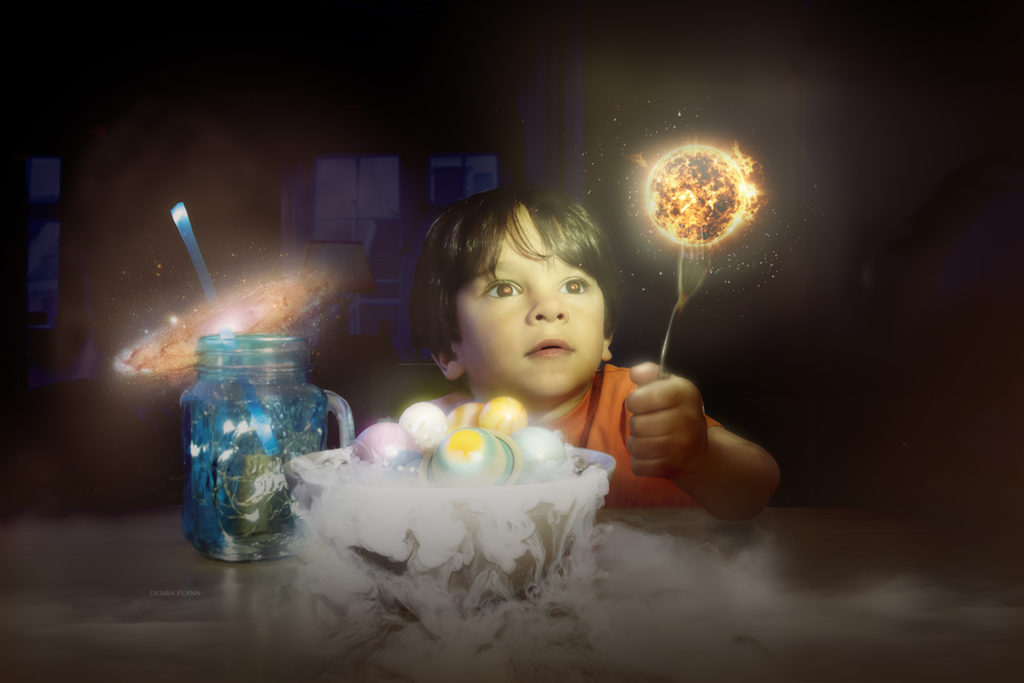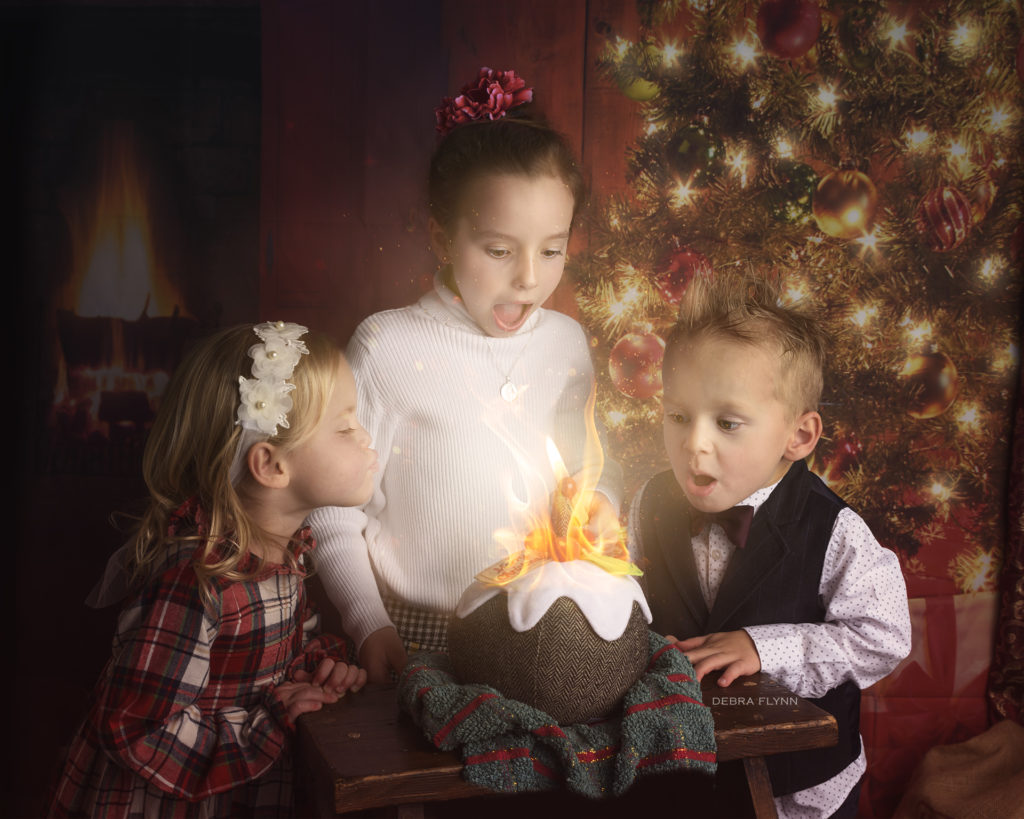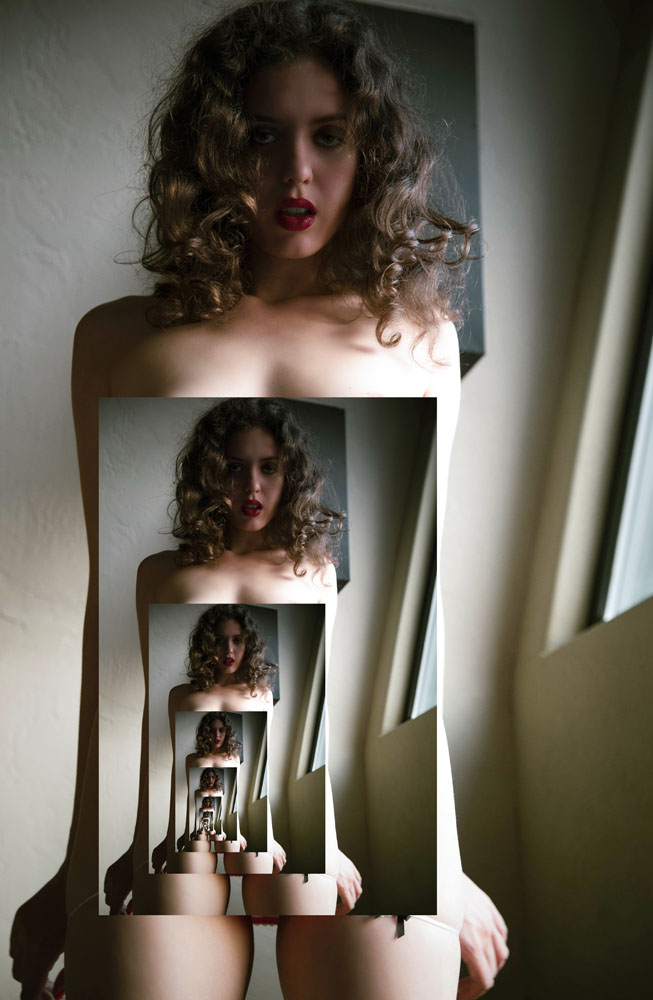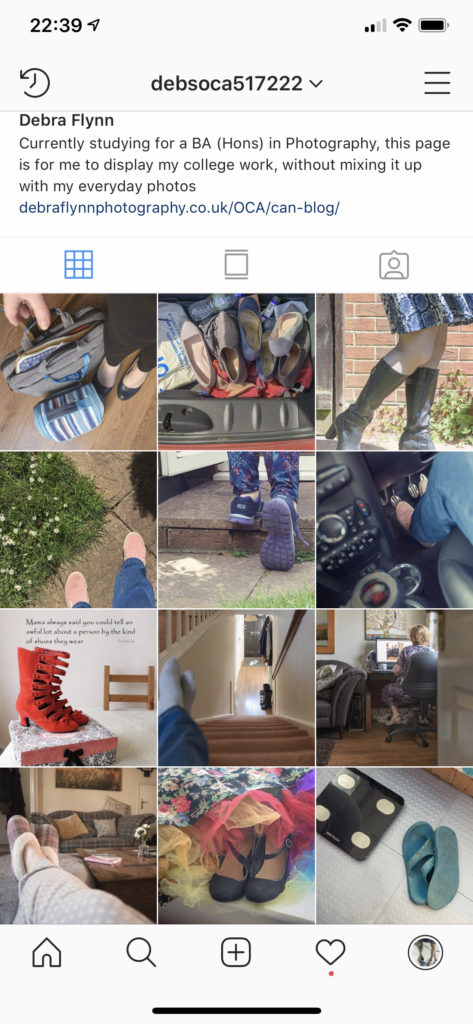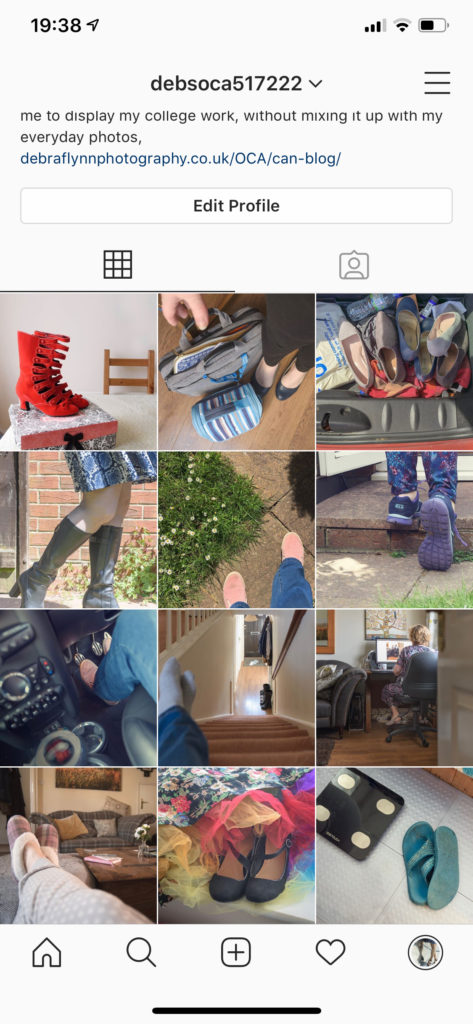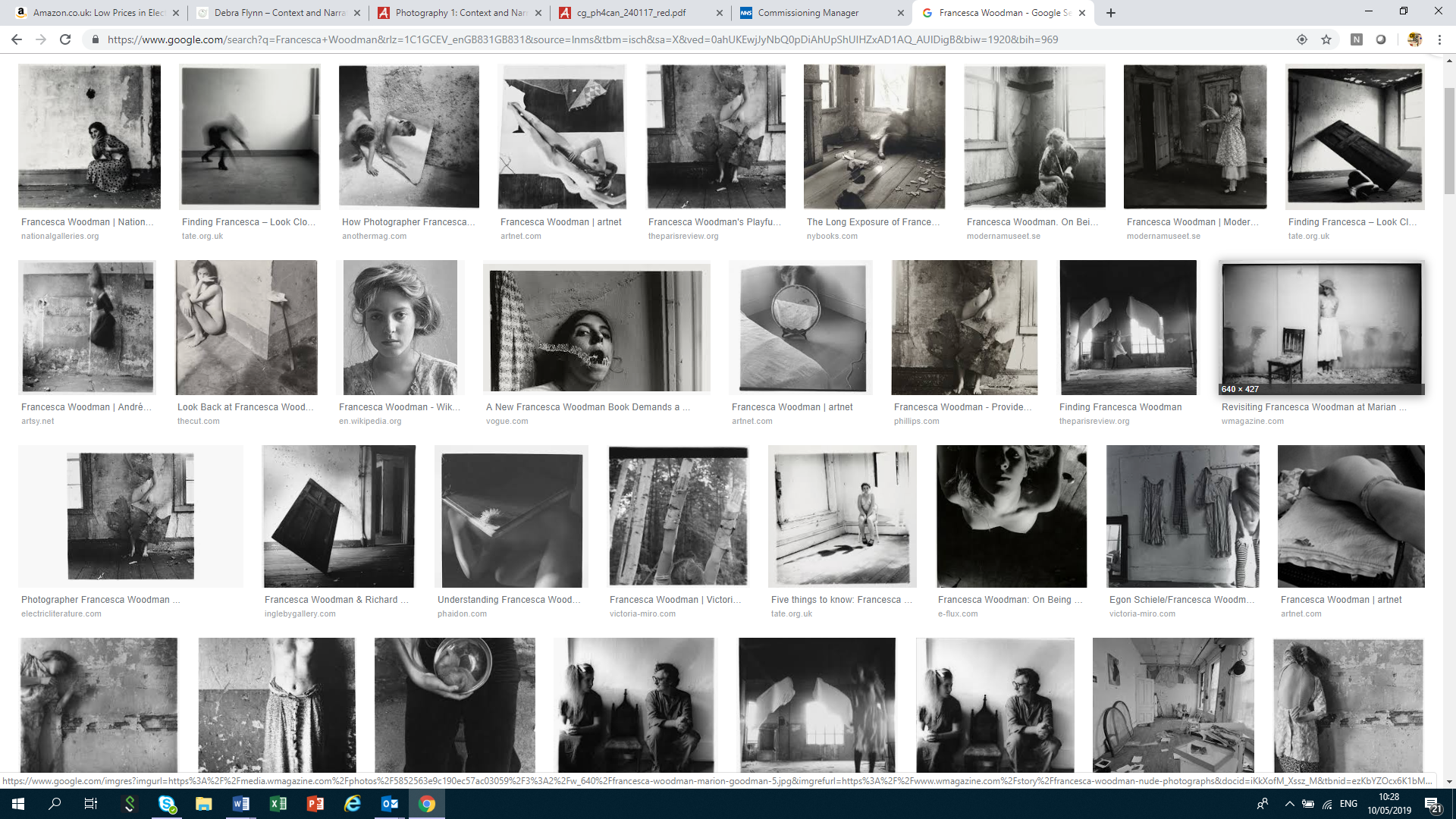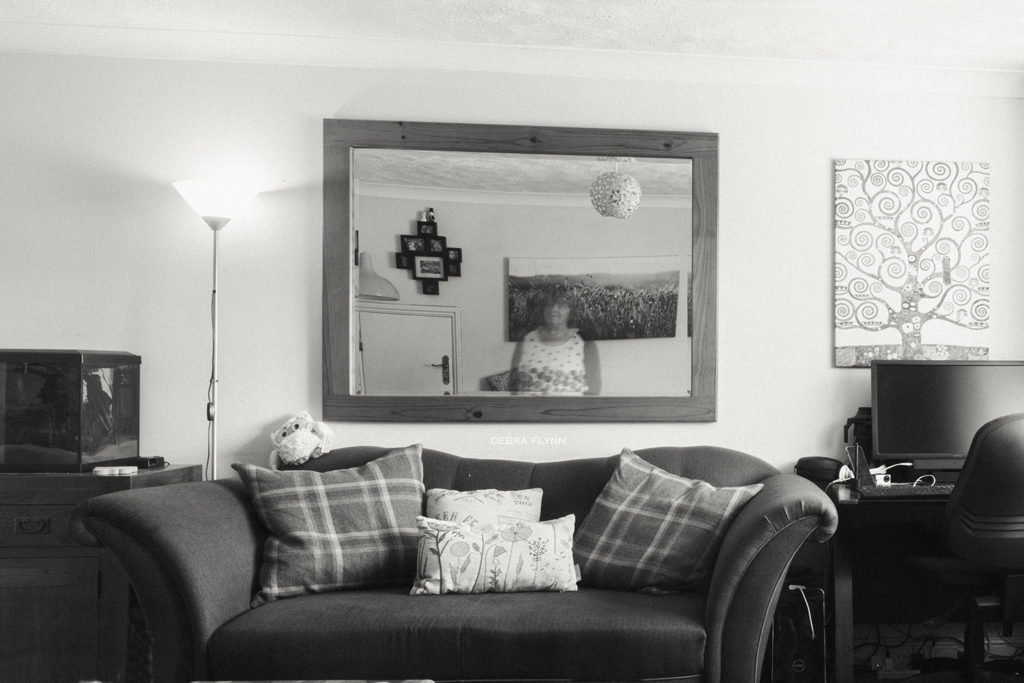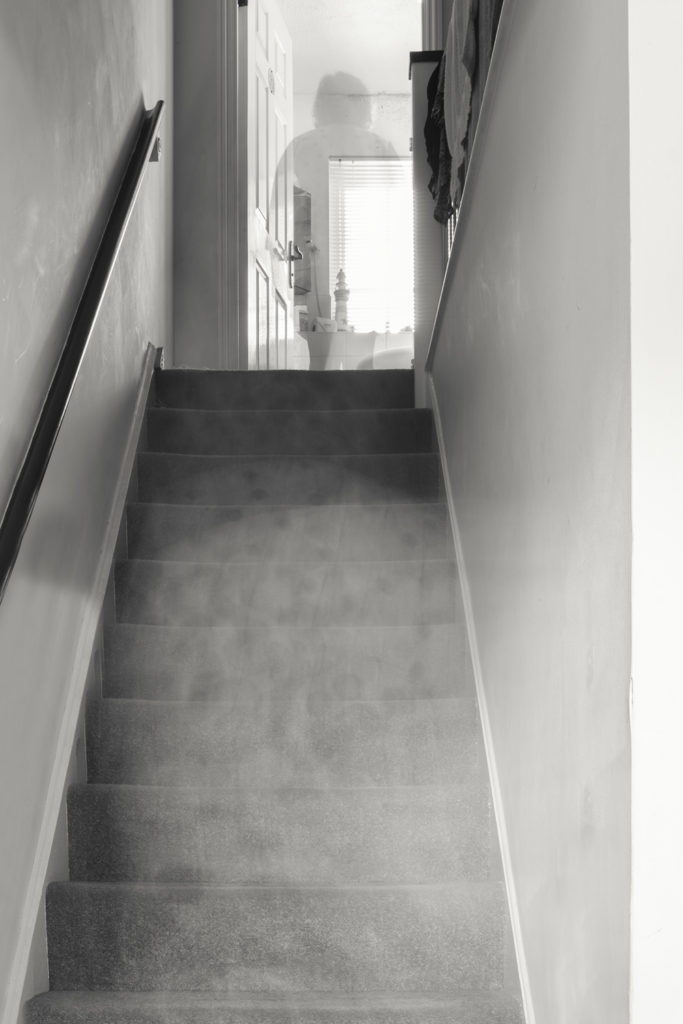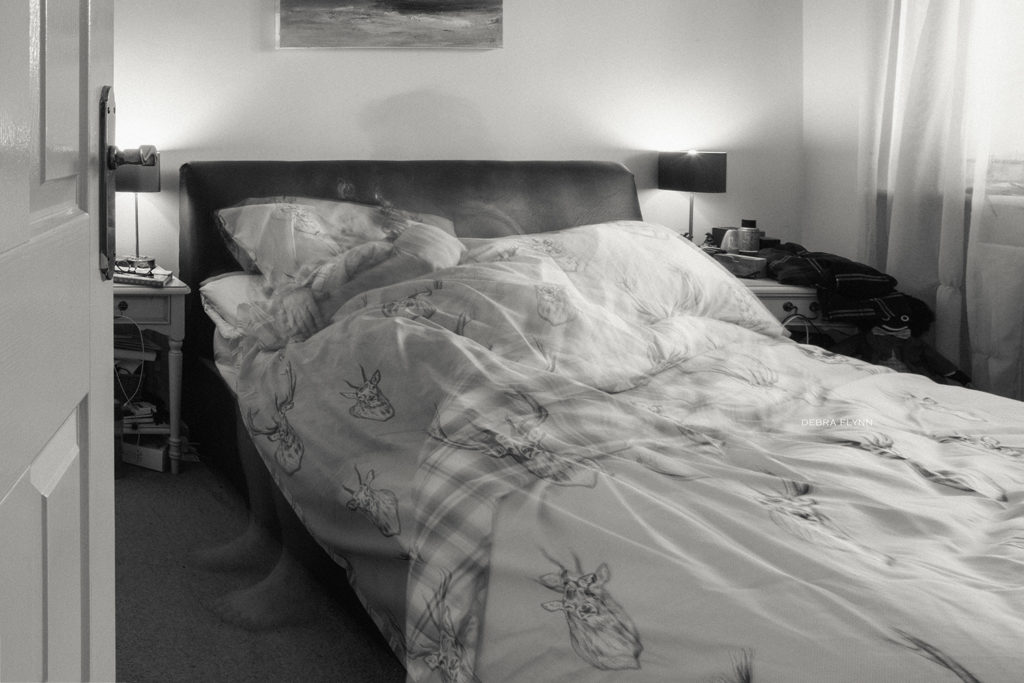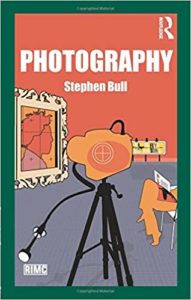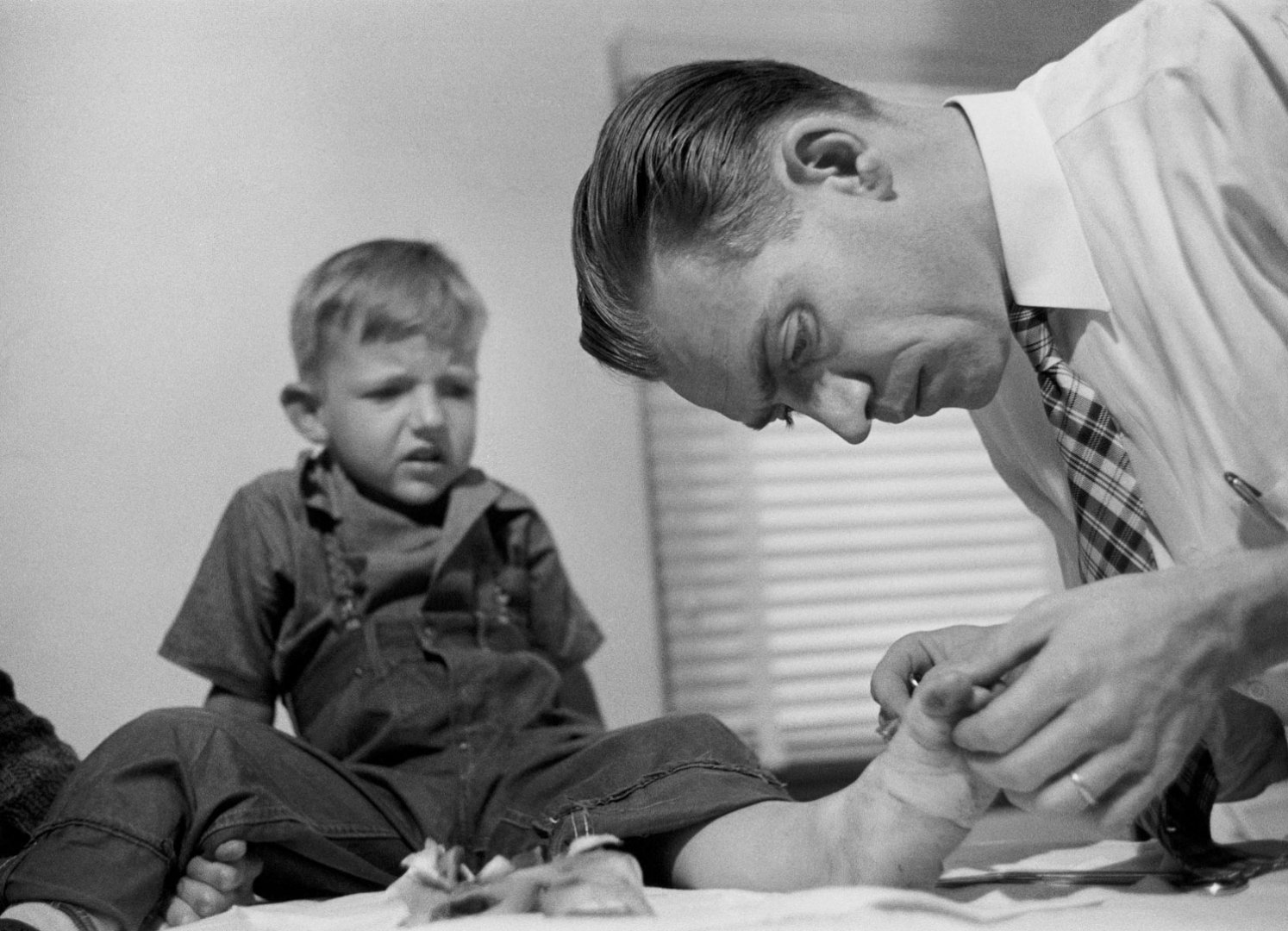Nickybird.com. (2020). Question for Seller – Nicky Bird. [online] Available at: http://nickybird.com/projects/question-for-seller/ [Accessed 6 Jan. 2020].
This was an interesting project, whereby Bird bought images from the internet. Mostly old family portraits, which had not sold or were going really cheaply. She asked all of the sellers the question ” How did you come across the photos and what, if anything, do you know about them?”
She then displayed them in a exhibition and resold them via auction. Some were sold at a much greater price than that paid.
Exercise
Question for Seller re-situates images in a different context and in so doing allows for a new dialogue to take place. Reflect on the following in your learning log: •
- Does their presence on a gallery wall give these images an elevated status?
- Where does their meaning derive from?
- When they are sold (again on eBay, via auction direct from the gallery) is their value increased by the fact that they’re now ‘art’?
Does their presence on a gallery wall give these images an elevated status?
I feel that their presence on the gallery wall doesn’t necessarily elevate them to art, but to exposure and re-interest. The fact that someone has taken the trouble to collect them and display them gives them an interest. It may also be because of the age of some of them, people enjoyed the social history aspect of the images.
Where does their meaning derive from?
I think their mean comes from being rediscovered. Human nature likes to uncover things that are lost or solve puzzles. There’s a mystery about them
When they are sold (again on eBay, via auction direct from the gallery) is their value increased by the fact that they’re now ‘art’?
This is an interesting question. I believe that there increased value is a result of them having been part of something bigger. By bringing them together and displaying them, Nicky Bird has added value to their meaning. It’s like the poppy display at the Tower of London in 2014. Each of the poppies was sold off afterwards. I bought one. It’s been in it’s box in a cupboard ever since, but I own a piece of the story was part of and that makes me feel good.
